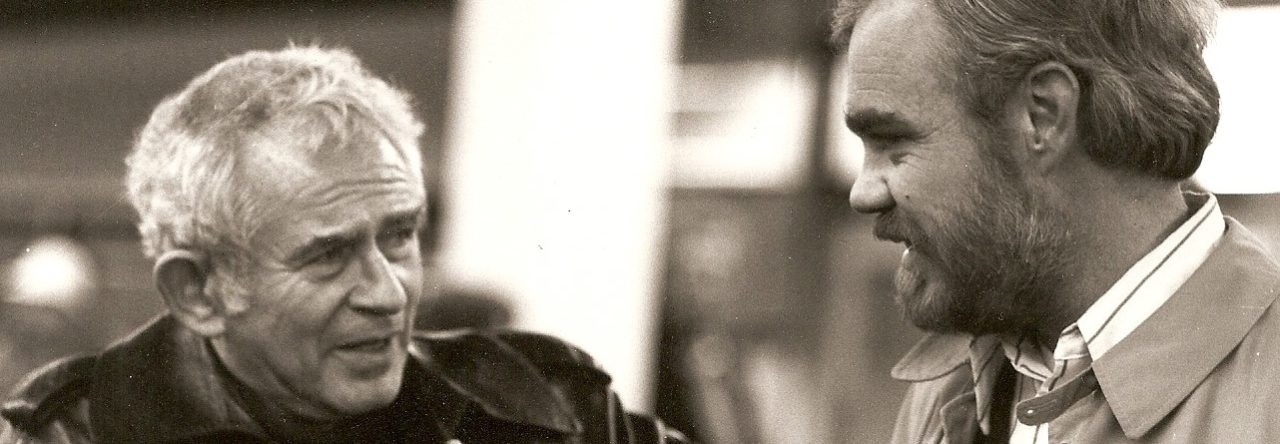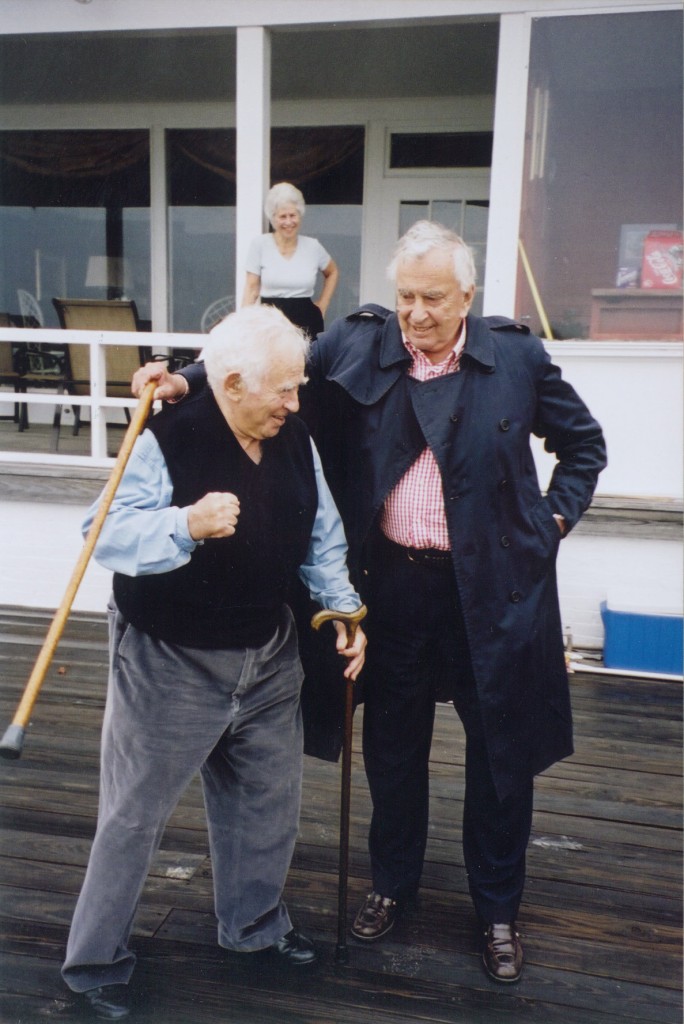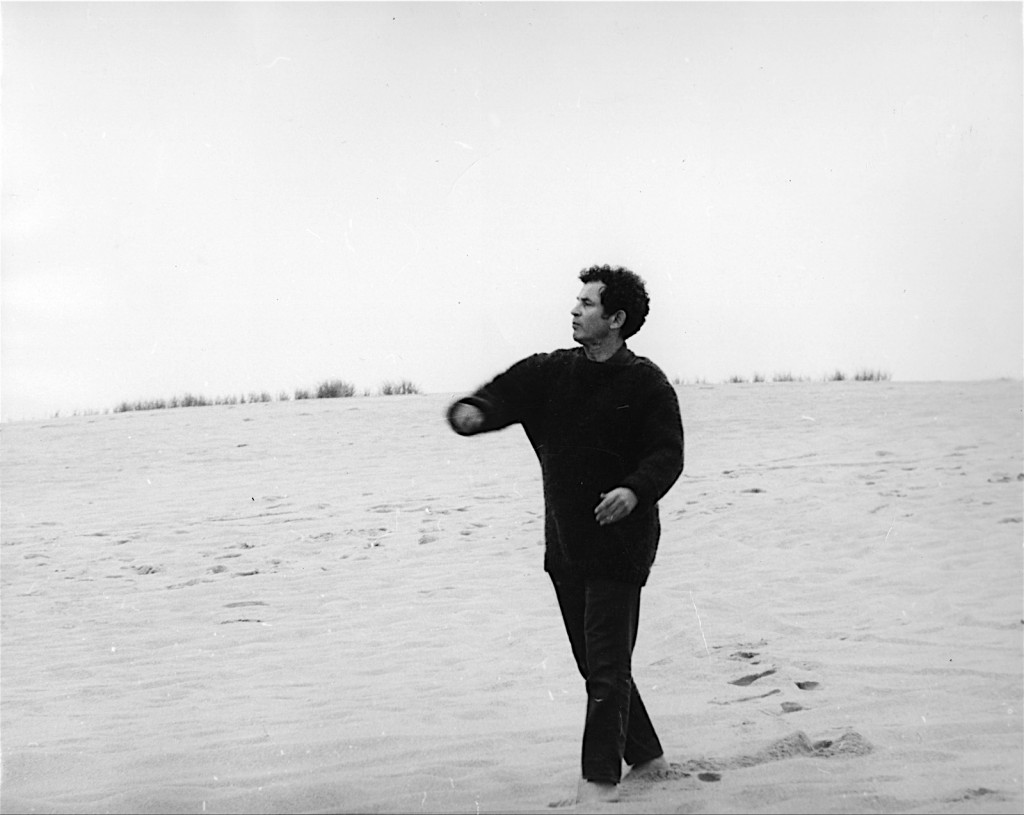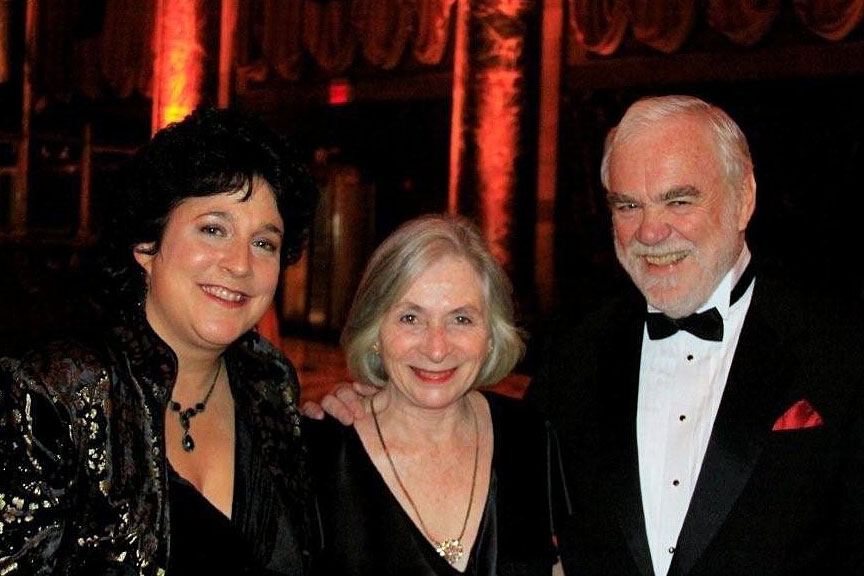DID YOU KNOW? Esquire published more separate pieces, over 40, of Mailer’s work (fiction, essays, interviews, excerpts from forthcoming books) than any other publication. His first piece was a short story based on his experience as an army cook, “The Language of Men,” which appeared in the April 1953 issue. Excerpts from the following books appeared in Esquire: Advertisements for Myself, The Presidential Papers, An American Dream (the entire novel was serialized from January to August 1964), Cannibals and Christians, Existential Errands, Pieces and Pontifications and Harlot’s Ghost. He also wrote a monthly column for the magazine, “The Big Bite,” from November 1962 to December 1963. His last piece in Esquire was an interview with Tom Junod, “Last Man Standing,” in January 2007.
Author: webmaster Page 33 of 36
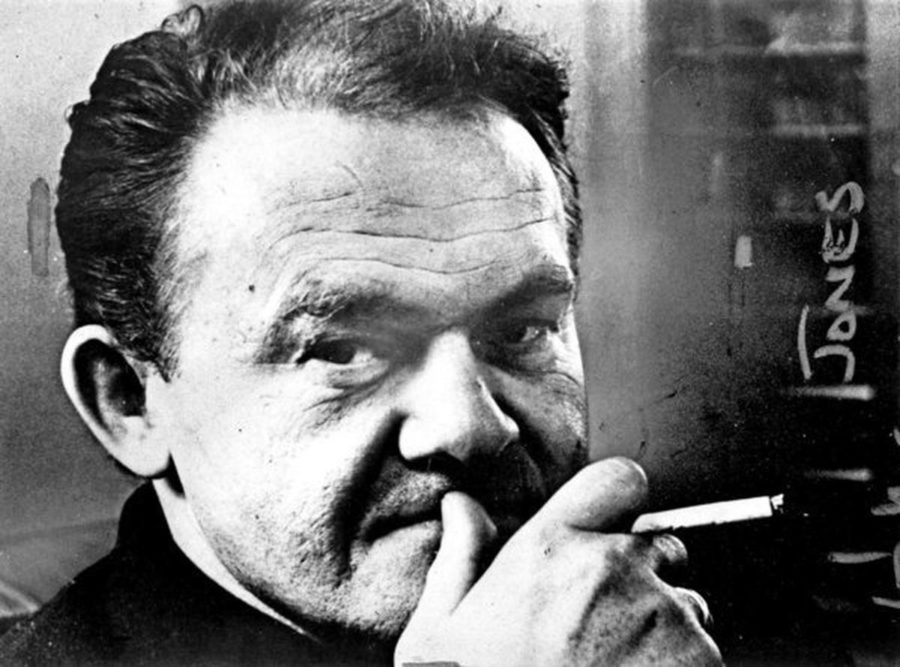
I was sorting through some papers in preparation to pick up work on the edition of Mailer’s letters I am editing for Random House. I found a sheet of paper containing the citation accompanying the JJLS Lifetime Achievement Award given him at the Society’s meeting in Paris, June 22, 2002. It was a terrific conference, and Mailer, his wife Norris and George Plimpton did a reading of the letters of Hemingway, Scott and Zelda Fitzgerald at the American Church on Quai d’Orsay.
Scribbled on the paper were some of the things Mailer said about Jones when he spoke on a conference panel. He said, “Jones took beautiful swings at the bastards,” meaning no particular individuals, but the whole gamut of assholes and shits in contemporary society. He went on to say that in his writing he was fearless, and “pressed wounds to the other side.” Jones, he continued, “had his finger on the nation’s pulse for 40 years.” He ended his remarks with this: “Jones disabled the grief button by embracing life like no one ever has.”
These fragmentary notes made me recall a letter Mailer wrote to William Styron in July 1953, shortly after Mailer visited the Handy Writers Colony, and which I quote from in my forthcoming biography, Norman Mailer: A Double Life. Jones’ gusto always fascinated Mailer. Here is an excerpt from the letter:
Lowney Handy and Jones are people whom one can satirize so easily, and yet one’s missed it all, for both of them are such extraordinarily passionate people, that their errors as well as their successes have a kind of grotesque to them. Lowney Handy burns—I kept thinking of fanatics like John Brown when I looked into her eyes. Jones like all of us is having his troubles with the second book, but everything happens to Jonesie on so big a scale that his troubles are flamboyant next to ours, and involve money, movie scripts, gymnastics, obscenities, raw insecurity, triumphant phallicism and wham, wham, wham, it’s all explosion. With it all, I like him tremendously. I suppose I have the kind of friendship with him that I had when I was a kid with other kids.
From James Jones Journal (19.1) Spring 2013.
See James Wolcott’s essay “The Devil and Gore Vidal” in Vanity Fair.
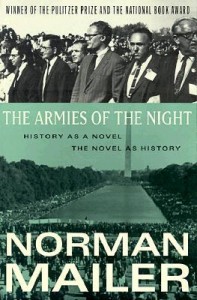 DID YOU KNOW? The Mailer book that received the best reviews was not his best-selling 1948 war novel, The Naked and the Dead, but a nonfiction book which was not a best seller, The Armies of the Night, his account of the October 1967 anti-war March on the Pentagon. Winner of a Pulitzer and the National Book Award, Armies barely edged out Naked, 4.100 to 4.031. These numbers were arrived at by rating the reviews his books received in 25 major publications (New York Times, Los Angeles Times, Time, Newsweek, New York Review of Books, National Review, Esquire, Chicago Tribune, Washington Post, Boston Globe, Commonweal, New Yorker, etc.) on a five-point, low- to-high scale, 1.0 for a dreadful pan, and 5.0 for an enthusiastic review with few caveats. Coming in third was Mailer’s 1972 collection, Existential Errands (3.777), and fourth, The Executioner’s Song (3.74). The book with the worst reviews was Mailer’s second book, Barbary Shore, a novel set in Brooklyn, which racked up a score of 1.944 (reviewers disliked the debates about politics and economics which take up half the novel). In next-to-last place is Portrait of Picasso as a Young Man, which totaled out at 2.000 (it was reviewed in large part by art critics and scholars, who felt Mailer was poaching on their turf). The publication that gave the most positive reviews to his work was The Village Voice, which he co-founded (3.929 average); the most negative reviews came from the liberal, anti-communist bi-weekly, The New Leader (2.167). Two others of note: The New York Times Book Review (3.111) ; and The New Yorker (2.846). A total of 417 reviews were rated for this study, which was published in the bibliography Lennon and his wife Donna Pedro assembled, Norman Mailer: Works and Days (Sligo Press, 2000).
DID YOU KNOW? The Mailer book that received the best reviews was not his best-selling 1948 war novel, The Naked and the Dead, but a nonfiction book which was not a best seller, The Armies of the Night, his account of the October 1967 anti-war March on the Pentagon. Winner of a Pulitzer and the National Book Award, Armies barely edged out Naked, 4.100 to 4.031. These numbers were arrived at by rating the reviews his books received in 25 major publications (New York Times, Los Angeles Times, Time, Newsweek, New York Review of Books, National Review, Esquire, Chicago Tribune, Washington Post, Boston Globe, Commonweal, New Yorker, etc.) on a five-point, low- to-high scale, 1.0 for a dreadful pan, and 5.0 for an enthusiastic review with few caveats. Coming in third was Mailer’s 1972 collection, Existential Errands (3.777), and fourth, The Executioner’s Song (3.74). The book with the worst reviews was Mailer’s second book, Barbary Shore, a novel set in Brooklyn, which racked up a score of 1.944 (reviewers disliked the debates about politics and economics which take up half the novel). In next-to-last place is Portrait of Picasso as a Young Man, which totaled out at 2.000 (it was reviewed in large part by art critics and scholars, who felt Mailer was poaching on their turf). The publication that gave the most positive reviews to his work was The Village Voice, which he co-founded (3.929 average); the most negative reviews came from the liberal, anti-communist bi-weekly, The New Leader (2.167). Two others of note: The New York Times Book Review (3.111) ; and The New Yorker (2.846). A total of 417 reviews were rated for this study, which was published in the bibliography Lennon and his wife Donna Pedro assembled, Norman Mailer: Works and Days (Sligo Press, 2000).
Barbara’s Picks, Oct. 2013, Pt. 4: Helen Fielding Returns, Franklin and Fennelly Team Up, and Lennon Offers a Norman Mailer Biography.
Emeritus Vice President for Academic Affairs and Emeritus Professor of English at Wilkes University in Pennsylvania, Lennon knew Norman Mailer and chairs the editorial board of the Mailer Review. So he is nicely primed to write this authorized biography, which draws on numerous interviews and unpublished letters. Given the richness of Mailer’s life as author and activist, public intellectual and philanderer, who consciously worked to shape his own identity, it’s hardly surprising that this work is nearly 1,000 pages long.
Provincetown is the most interesting and beautiful summer resort town on the East Coast. It has Bar Harbor’s salt breezes, old inns and chowder houses, but not its manicured stuffiness; its dunes are superior to those on the Jersey Shore (where Norman Mailer lived as a boy); and its trinket shops are preferable to Atlantic City’s tawdry casinos.
Like Fire Island, P-Town has a summer crowd of artists, collegians, gays and assorted eccentrics putt-putting around on mopeds, but it also has some real history. If it lacks Newport’s robber barons, its colonial roots are more impeccable, since the Pilgrims shivered for three weeks on the dunes near Race Point before moving on to Plymouth. It also has a venerable community of Portuguese fishermen, Yankee houses with widows’ walks, and the tallest structure along the 100-mile peninsular arm running to Boston, a 252-foot stone monument to the founding Pilgrims.
But six weeks after Labor Day, the town turns from circus to seaweed. All that remains are the Portuguese, a few Yankees and a clutch of burned-out cases. One of them is Timothy Madden, a bartender and erstwhile writer and the hero of Norman Mailer’s latest novel, a thriller set in the near-empty bars, cottages and dunes of the town at the edge of America.
Ghosts rattle and gibber through the story, which takes place during a few days in drizzly November. Some of the ghosts are old (Pilgrims, Indians, fishermen and whores), but two others are the recent dead—two blonde women who have been decapitated. Both had been involved with Madden—in fact, he is pickling himself in bourbon to ease the pain brought on by the desertion of one of them: Patty Lareine, his wife. Between times he remembers with fear and trembling his failed attempt to scale the Pilgrim Monument.
The second blonde, Laurel Oakwode, he meets in a bar and loses track of after a night of drink, sex, suicide and murder. Within 50 pages, Madden has awakened with a thundering hangover, found a bucket of blood spilled on the passenger seat of his car, and discovered a blonde head buried in his marijuana cache in the dunes of nearby Truro (I won’t reveal whose head), and the name “Laurel” tattooed on his arm. Discovering who killed whom and why is, of course the raison d’etre of the story, a literal tangle of baling wire, anchor chain and blonde hair.
[box type=”note”]Excerpted from a review of Tough Guys Don’t Dance, first appeared in the State Journal-Register (Springfield, IL), August 24, 1984.[/box]
DID YOU KNOW? Mailer wrote the screenplay and directed the film version of Tough Guys Don’t Dance in 1987, starring Isabella Rossellini and Ryan O’Neal. The film was nominated for worst film of the year (Golden Raspberry Awards), and best film of the year (Independent Spirit Awards). It was filmed in Provincetown over a 60-day period in the fall of 1986, and has become a cult classic. Filmmaker Donn Pennebaker called the film “Tarantino before it time.”
